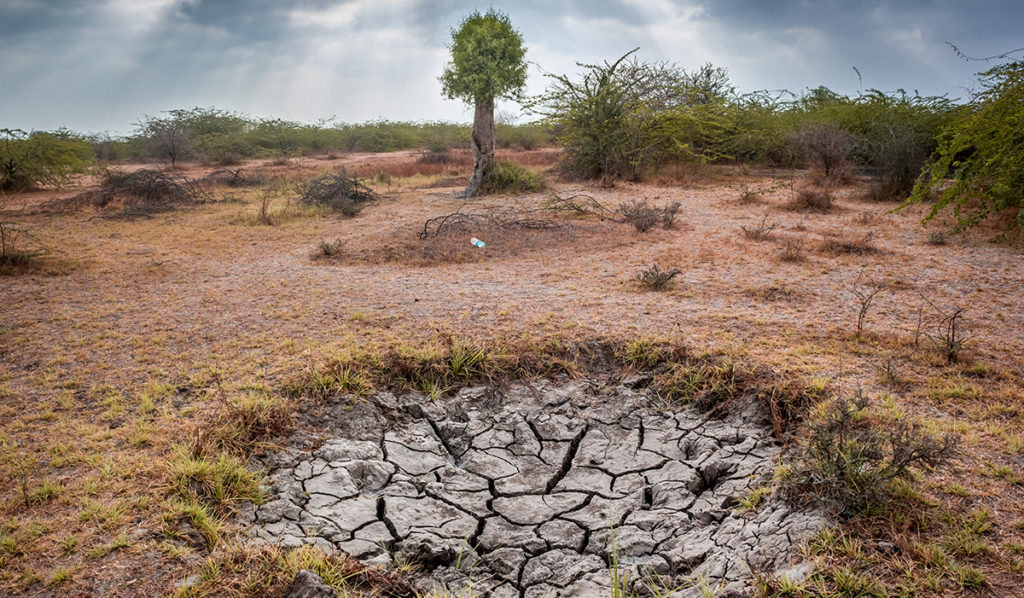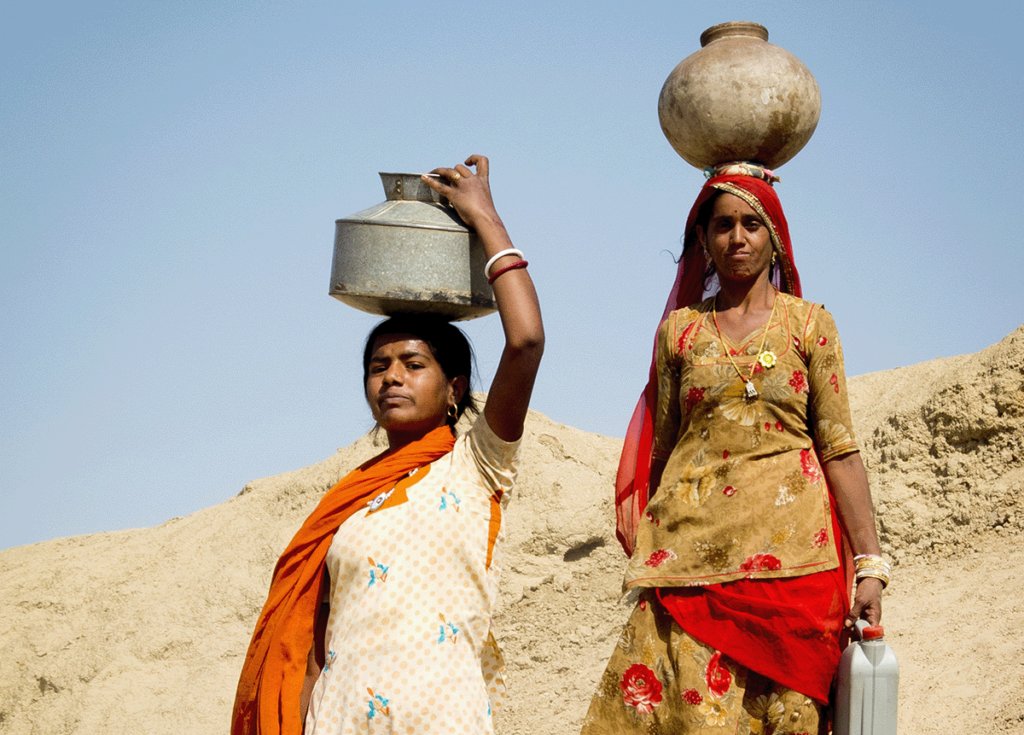WATER is the source of all life. Whether humans, plants, animals or insects, no living organism can survive without this precious liquid, but the water crisis in the world is real.
Water is arguably the most contaminated natural resource, hence the source of most illnesses. As World Water Day is marked worldwide, the statistics on water-borne diseases are stark. According to the United Nations, before the Covid-19 pandemic, people suffering from infections linked to contaminated water occupied almost half of the world’s hospital beds. In fact, more people die from polluted water every year than from all forms of violence, including war.
The importance of access to clean drinking water couldn’t be overemphasised. It has been well established that people with physically accessible, safe water for personal domestic use, food production and sanitation can improve lives and reduce poverty. In 2010, the United Nations recognised access to water and sanitation as a human right of every individual. Some studies say that water scarcity affects more than 40% of the global population and this is projected to rise in the coming years.

This year, World Water Day is being celebrated by the United Nations under the theme “Groundwater: Making the invisible visible” to spotlight what accounts for almost 99% of all liquid fresh water on Earth. Worldwide, groundwater is being used almost by half of the population for drinking, domestic use, and food production.
But because of overexploitation, mismanagement of wastewater discharge and pollution, groundwater is also getting contaminated. Chemicals like arsenic, fluoride, and lead in groundwater bring their own set of health problems.
Water and food security
Currently, almost 90% of clean water is being used for growing food, and any reduction or lack of access would directly impact food production around the world. With the world population set to reach nine billion by the year 2050, the demand for water for domestic use and food production would only increase and the world seems unprepared for the looming water crisis.
While some countries use treated wastewater for irrigation, not many have the expertise. Hence, experts have warned that wastewater for food production could pose risks to food and health if not done with all the safeguards.
Water and poverty
Adequate water supply is essential for growing food, but it also helps sectors closely associated with agriculture, like the food industry and market. The growth of the ecosystem around agriculture means people in rural areas will find gainful employment and have greater chances of climbing out of poverty faster. Water crisis can prolong the stress in the agriculture sector.

When the health of loved ones deteriorates due to water-borne illnesses, low-income families have to spend money on medical care, stretching their meagre finances. If the health issue gets serious, many families simply cannot afford the treatment.
Water scarcity affects education, too. For instance, schools in rural areas in many developing countries without essential water and sanitation facilities make retaining teachers and girl students especially difficult.
Research says that over 1.7 billion people living in river basins worldwide use more water than the yearly recharging. If this continues, they may be forced to migrate to other areas when there is water scarcity affecting their livelihood.
The World Water Facts
# Worldwide 3 in 10 people lack access to safely managed drinking water services.
# Each day, nearly 1,000 children die due to water and sanitation-related diarrhoeal diseases.
# Women and girls are responsible for water collection in 80% of households without access to readily available water.
# Currently, water scarcity affects more than 40% of the global population and is projected to rise.
# More than 80% of wastewater resulting from human activities is discharged into rivers or sea without any pollution removal.
# Floods and other water-related disasters account for 70% of all deaths related to natural calamities.
# At present, over two billion people live in “water-stressed” countries. The numbers are expected to grow because of population growth, environmental degradation and climate change.
# In 2019, in the least developed countries, only 50% of health care facilities had basic water services, 37% had basic sanitation services and 30% had basic waste management services.
(Source: United Nations)
Water and gender inequality
Several studies worldwide say the lack of a sufficient supply of clean water for everyday use has a disproportionate effect on the lives of women and girls. Gender inequality has a major problem, especially in rural areas, as in several developing countries women spend a good part of their day carrying water on their heads from sources that could be miles from their homes. Women also suffer the most because of a lack of clean water and sanitation as they have hygiene needs during menstruation, pregnancy and bringing up children.

Studies by the International Fund for Agricultural Development (IFAD) say that women’s secure access to water and land is central to achieving the Millennium Development Goals, particularly the goals of reducing the proportion of people living in extreme poverty and hunger and promoting gender equality and empowering women.
The water crisis facing many countries in the world needs a response that matches the scarcity and it has to be on an urgent basis, with the goal being that every individual should have access to water as a human right. Mission: Safe Water For All is working with partner NGOs to rejuvenate water bodies, harvest rainwater and repair tubewells and other equipment. To support Mission: Safe Water For All, you can donate here:
Support Mission: Safe Water For All
–
Give’s mission is to “make giving bigger and better.” Give is the most trusted donation platform in India for fundraisers and crowdfunding campaigns. Through our technology solutions, we enable individuals and organisations to fundraise and donate to a cause, charity or NGO with trust and convenience. Give’s community of 2.7M+ individual donors and 300+ organisations supports 3,000+ verified nonprofits with 80G deduction and serves 15M+ people across India. Find a fundraiser today!

Give exists to alleviate poverty by enabling the world to give. Established in 2000, Give, together with its partners, is the largest and most trusted giving platform in India. Give enables individuals and organizations to raise and donate funds conveniently to any cause they care about, with offerings including crowdfunding, corporate giving, cause marketing, and philanthropy consulting. Give’s community of 2.6M+ donors supports 3,000+ verified nonprofits, serving 15M+ people across the country.
Discover more from
Subscribe to get the latest posts sent to your email.

